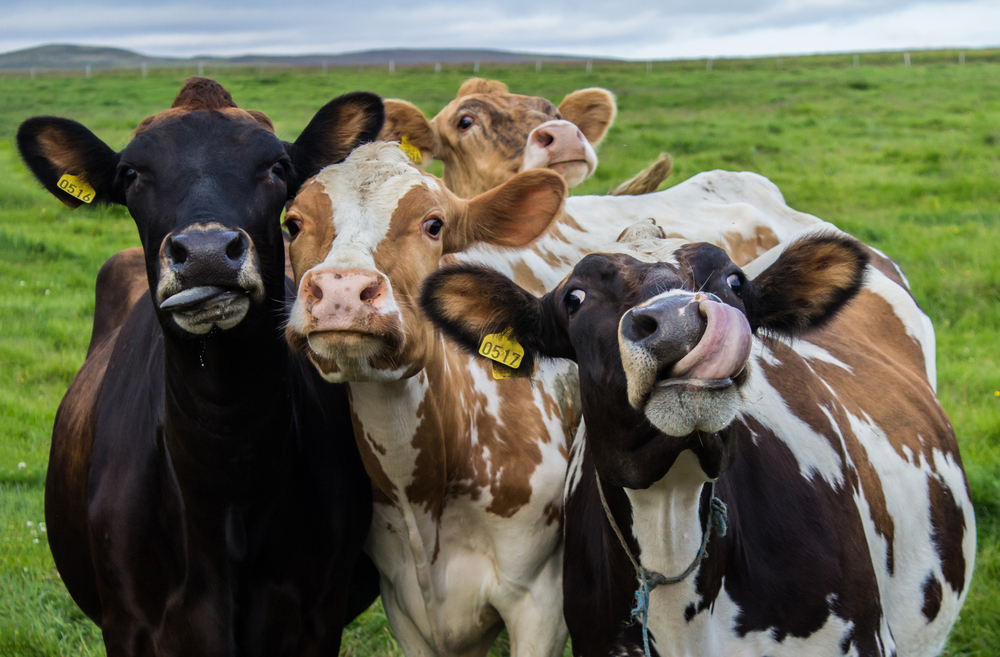In the realm of literature, writers often turn to a myriad of sources for inspiration, seeking that elusive spark that ignites creativity and fuels their passion for storytelling. From timeless classics to modern masterpieces, these 23 books stand out as beacons of inspiration, trusted companions that writers swear by in their quest for unbeatable creativity and insight.
“On Writing: A Memoir of the Craft” by Stephen King

This book combines memoir and writing advice, offering valuable insights into King’s writing process and techniques that have made him a master storyteller.
“Bird by Bird: Some Instructions on Writing and Life” by Anne Lamott

Lamott’s witty and compassionate approach to writing encourages writers to embrace imperfection, tackle challenges one step at a time, and find inspiration in everyday experiences.
“The Elements of Style” by William Strunk Jr. and E.B. White

A timeless guide to writing effectively, this book covers grammar, style, and principles of composition, making it an essential resource for writers seeking clarity and precision in their work.
“Big Magic: Creative Living Beyond Fear” by Elizabeth Gilbert

Gilbert’s exploration of creativity and the courage required to pursue it resonates with writers, inspiring them to overcome doubts, embrace curiosity, and cultivate a fulfilling creative life.
“Steal Like an Artist: 10 Things Nobody Told You About Being Creative” by Austin Kleon

Kleon’s book encourages writers to find inspiration from diverse sources, embrace influences, and engage in creative theft as a means of sparking original ideas.
“The War of Art: Break Through the Blocks and Win Your Inner Creative Battles” by Steven Pressfield

Pressfield delves into the challenges writers face, such as resistance and self-doubt, offering strategies to overcome obstacles and tap into the limitless well of creativity.
“Writing Down the Bones: Freeing the Writer Within” by Natalie Goldberg

Through exercises, anecdotes, and mindfulness techniques, Goldberg’s book helps writers access their authentic voices, cultivate discipline, and find joy in the writing process.
“Zen in the Art of Writing” by Ray Bradbury

Bradbury’s collection of essays celebrates the joy of writing, emphasizing passion, intuition, and the importance of living a creative life infused with curiosity and wonder.
“The Artist’s Way: A Spiritual Path to Higher Creativity” by Julia Cameron

Cameron’s transformative approach to creativity includes exercises, affirmations, and tools to help writers overcome creative blocks, nurture their artistic selves, and cultivate a sense of purpose.
“On Writing Well: The Classic Guide to Writing Nonfiction” by William Zinsser

This comprehensive guide covers everything from clarity and simplicity to the importance of revision, making it indispensable for writers seeking to hone their nonfiction writing skills.
“The Writing Life” by Annie Dillard

Dillard’s reflections on the writing process, solitude, and the pursuit of excellence resonate with writers, offering a glimpse into the challenges and rewards of a life dedicated to writing.
“Story: Substance, Structure, Style and the Principles of Screenwriting” by Robert McKee

While geared towards screenwriters, McKee’s insights into storytelling, character development, and narrative structure are valuable for writers in any genre, helping them craft compelling and immersive stories.
“The Elements of Eloquence: How to Turn the Perfect English Phrase” by Mark Forsyth

Forsyth’s exploration of rhetorical devices and linguistic techniques offers writers a treasure trove of tools to enhance their writing, elevate their prose, and captivate readers with eloquence.
“The Anatomy of Story: 22 Steps to Becoming a Master Storyteller” by John Truby

Truby’s systematic approach to storytelling covers character development, plot structure, and thematic resonance, equipping writers with a blueprint for crafting compelling narratives.
“The Emotional Craft of Fiction: How to Write the Story Beneath the Surface” by Donald Maass

Maass delves into the emotional core of storytelling, exploring techniques to imbue fiction with depth, resonance, and authenticity that resonates with readers on a profound level.
“The Art of Fiction: Notes on Craft for Young Writers” by John Gardner

Gardner’s exploration of the craft of fiction writing covers topics such as point of view, narrative voice, and the role of imagination, offering invaluable guidance for writers at all stages of their careers.
“Writing Tools: 55 Essential Strategies for Every Writer” by Roy Peter Clark

Clark’s practical and insightful guide offers writers a toolkit of techniques to enhance their writing, from sentence construction to narrative pacing, making it an indispensable resource for honing writing skills.
“The Creative Habit: Learn It and Use It for Life” by Twyla Tharp

Tharp’s approach to creativity emphasizes discipline, routine, and cultivating habits that nurture artistic inspiration, making it a valuable resource for writers seeking to sustain their creative practice.
“How to Read Literature Like a Professor: A Lively and Entertaining Guide to Reading Between the Lines” by Thomas C. Foster

Foster’s guide to literary analysis helps writers deepen their understanding of storytelling techniques, symbolism, and thematic layers, empowering them to read and write with greater insight.
“The Power of Myth” by Joseph Campbell and Bill Moyers

In this captivating exploration of myth and storytelling, Campbell and Moyers delve into the universal themes and symbols that resonate across cultures, offering writers profound insights into the human experience and the art of storytelling.
“The Sense of Style: The Thinking Person’s Guide to Writing in the 21st Century” by Steven Pinker

Pinker’s engaging exploration of language and style offers writers a modern perspective on writing effectively in the digital age, combining wit, clarity, and linguistic expertise.
“Writing Fiction: A Guide to Narrative Craft” by Janet Burroway

Burroway’s comprehensive guide covers every aspect of fiction writing, from characterization and dialogue to plot development and revision, making it an essential companion for writers striving to craft compelling narratives.
This article originally appeared on UnifyCosmos.
More from UnifyCosmos
23 Unbelievable Facts About Animals That You Never Learned in School

Did you know that some birds can sleep while flying, or that a shrimp’s heart is located in its head? Prepare to be amazed as we delve into the fascinating and often unbelievable world of animals, uncovering incredible facts that were never taught in school. Read more!
23 Cheese Varieties from Lesser-Known European Regions

From the creamy textures of the Alps to the robust flavors found in the Balkan countryside, this article will guide you through an exploration of exquisite cheeses that are as rich in history as they are in taste. Read more!
20 Surprising Facts About Food and Eating Habits

From bizarre culinary customs around the world to surprising health benefits of certain foods, our eating habits are filled with fascinating facts that might just change the way you look at your next meal. Read more!
Leave a Reply